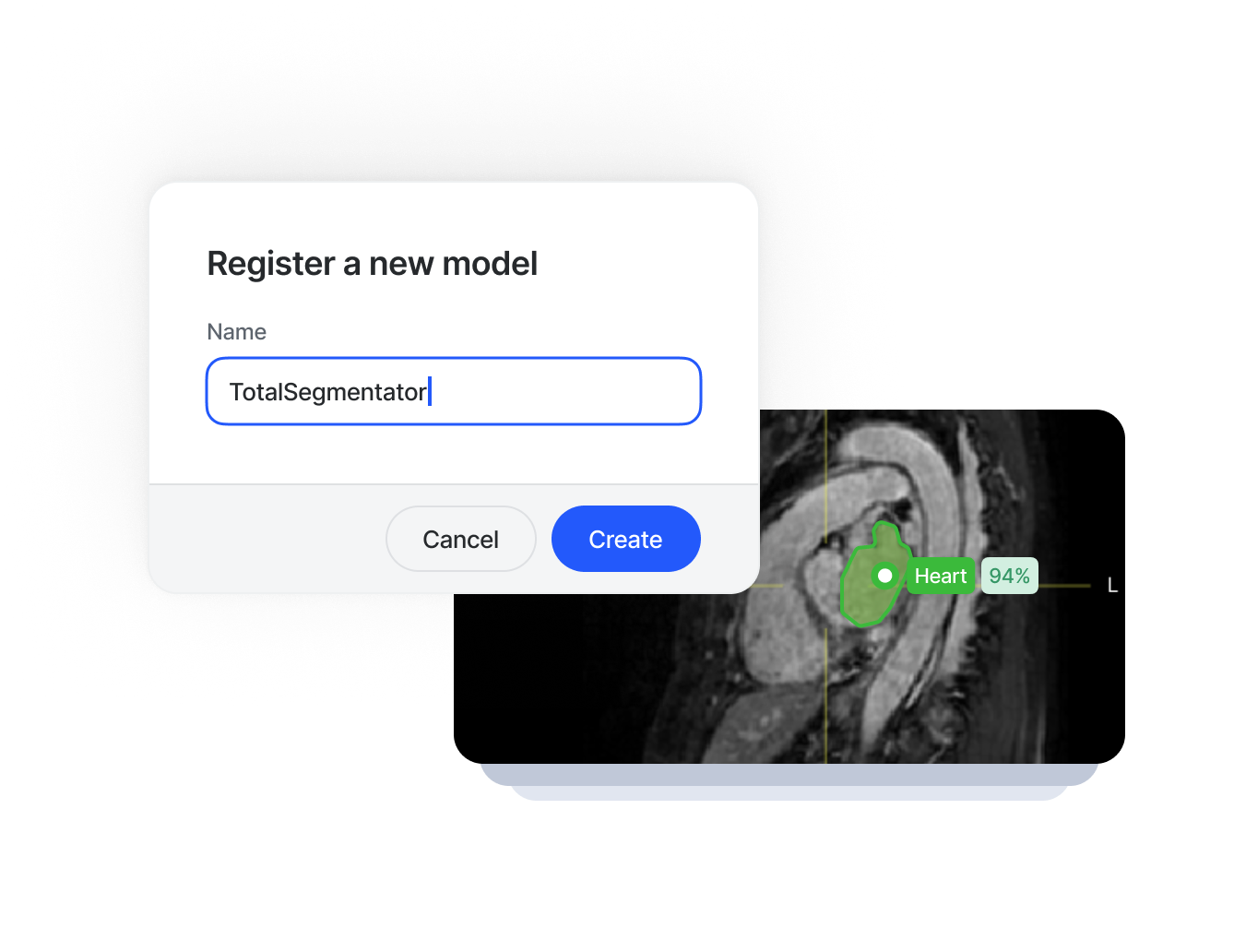One of the most important parts of successful medical imaging annotation projects is incorporating review and consensus stages in your workflow to validate your annotations. Also, when working with volumetric data, you can leverage orthogonal views for accurate 3D annotation, and use interpolation to create in-between labels, speeding up the process. Lastly, maintaining a well-organized data structure, with separate tags or folders for each modality, body part, and disease, is crucial for an efficient labeling and training process. To find out more, read this guide to data labeling for radiology.



























